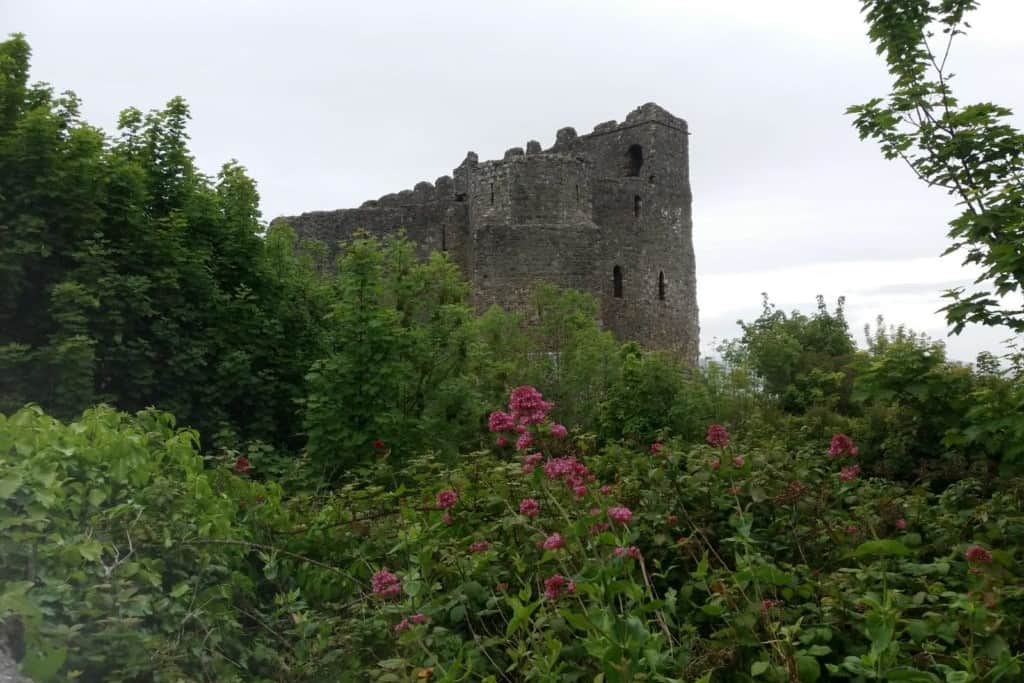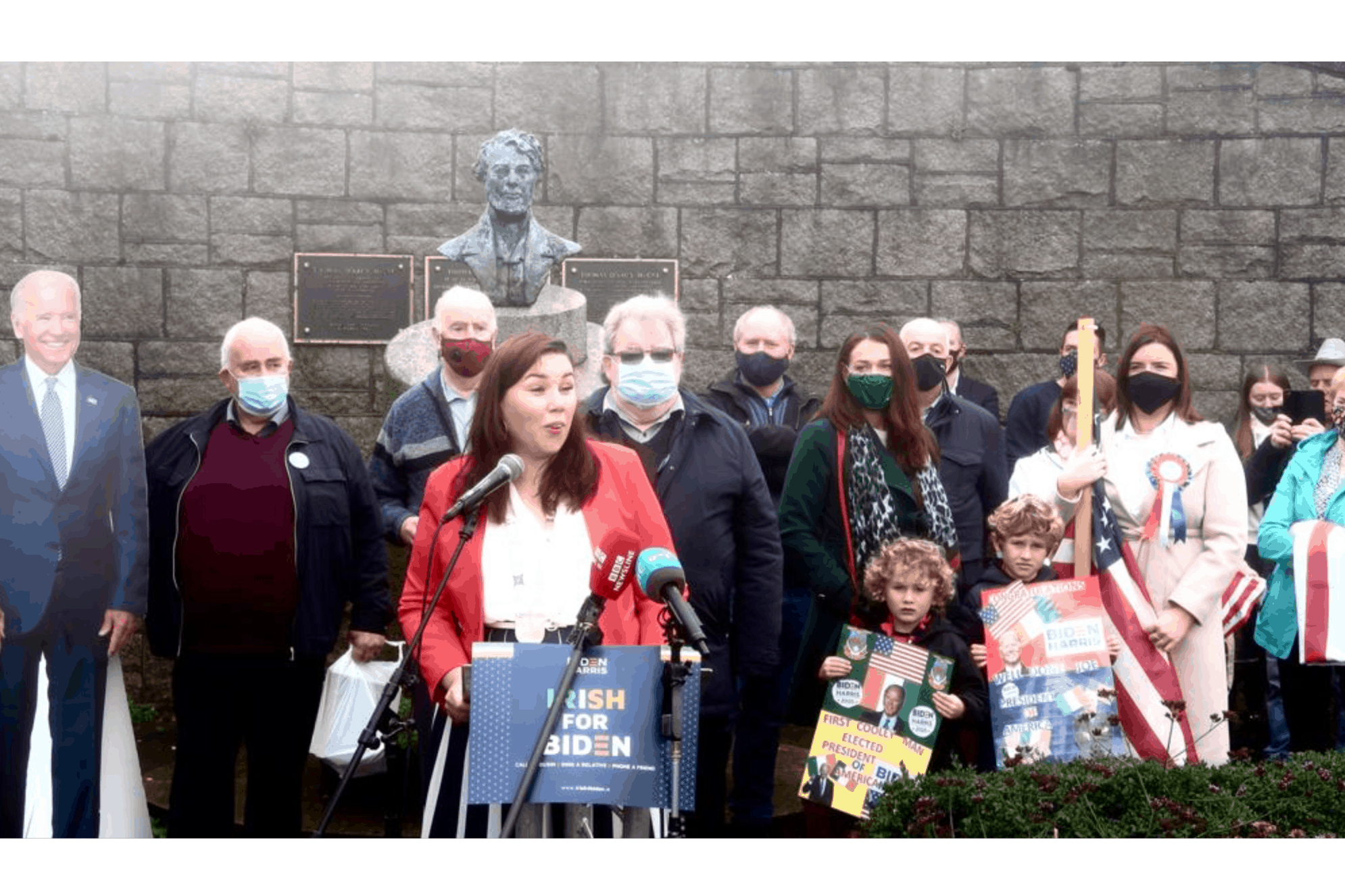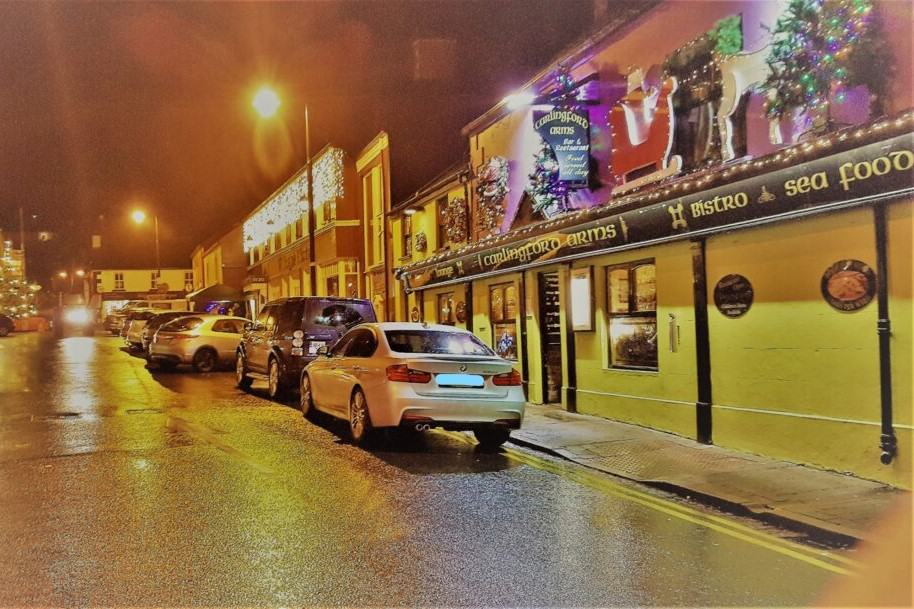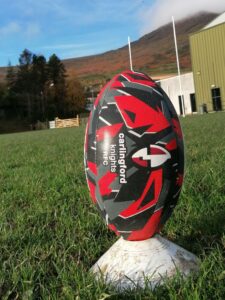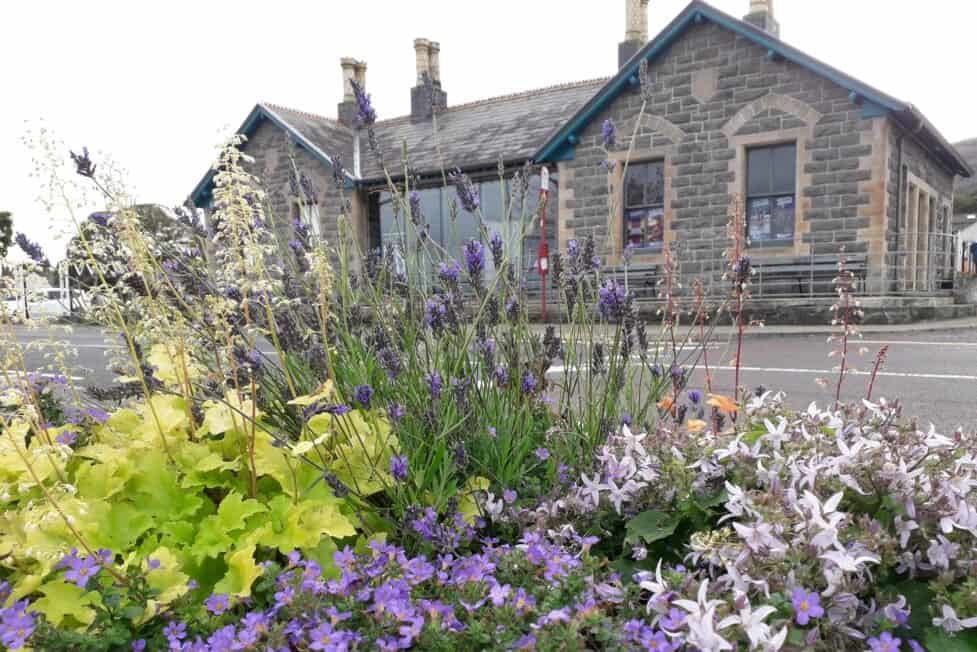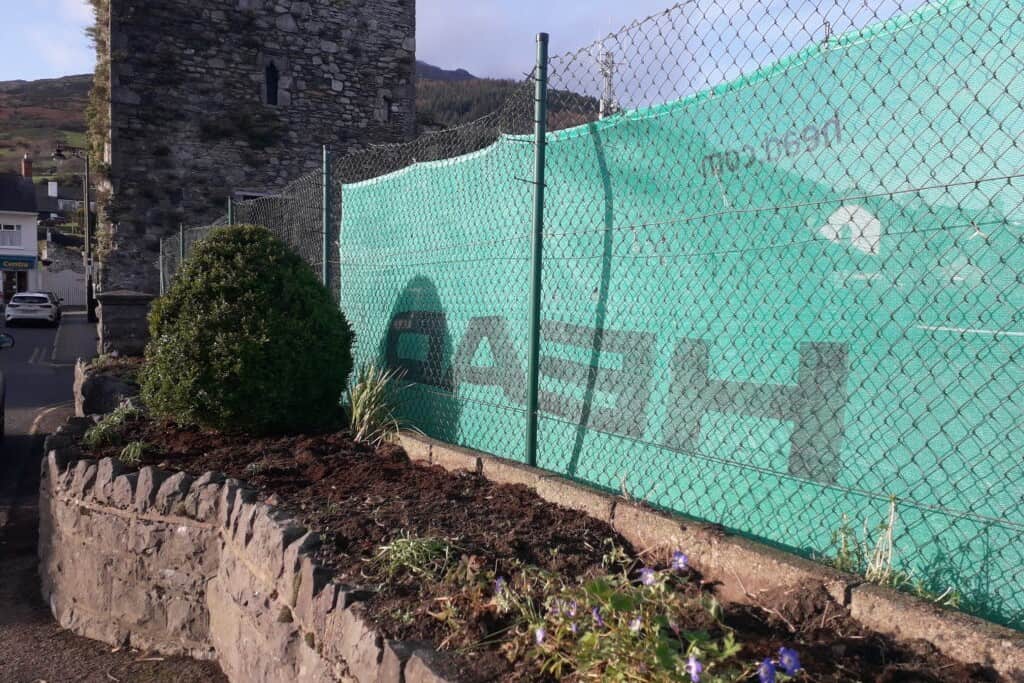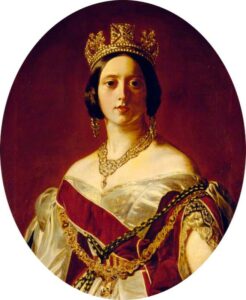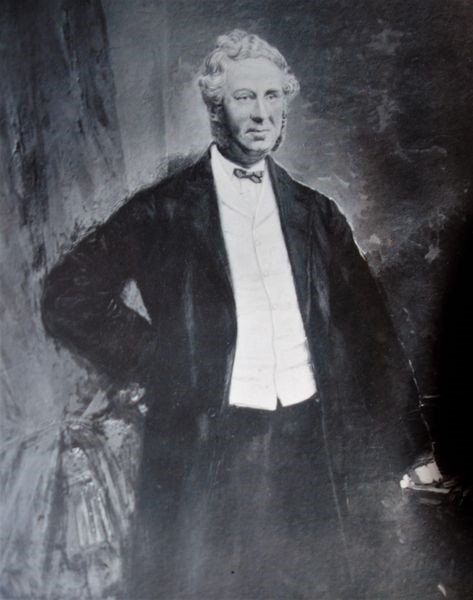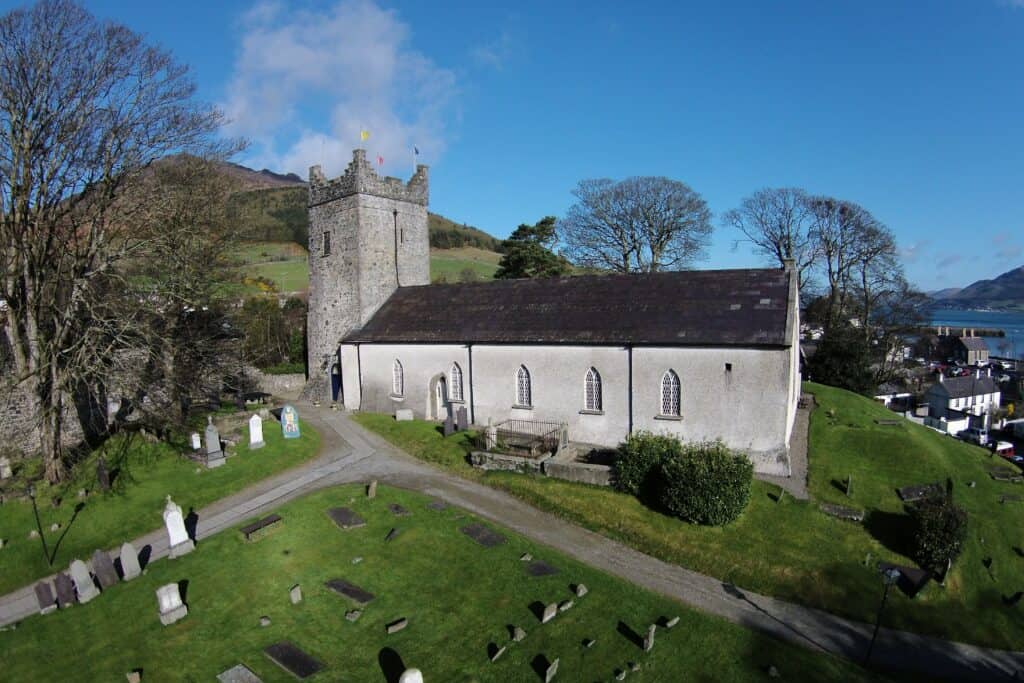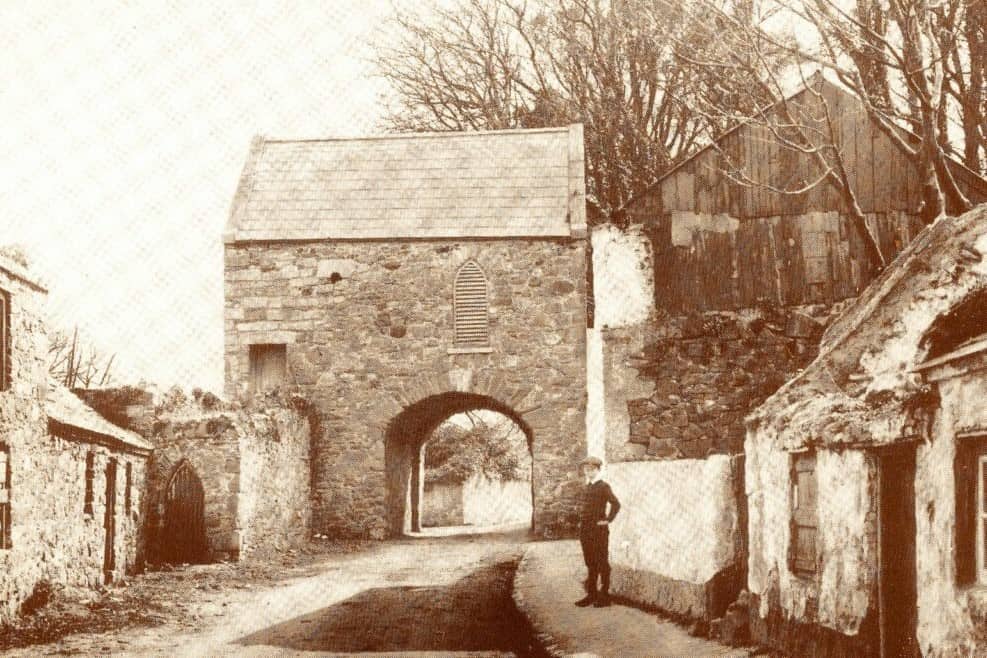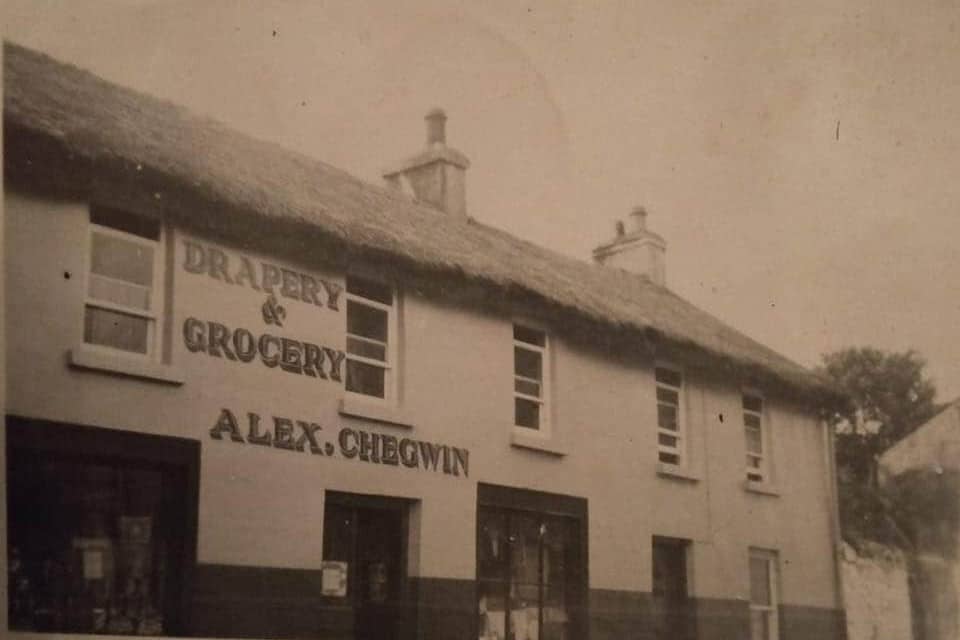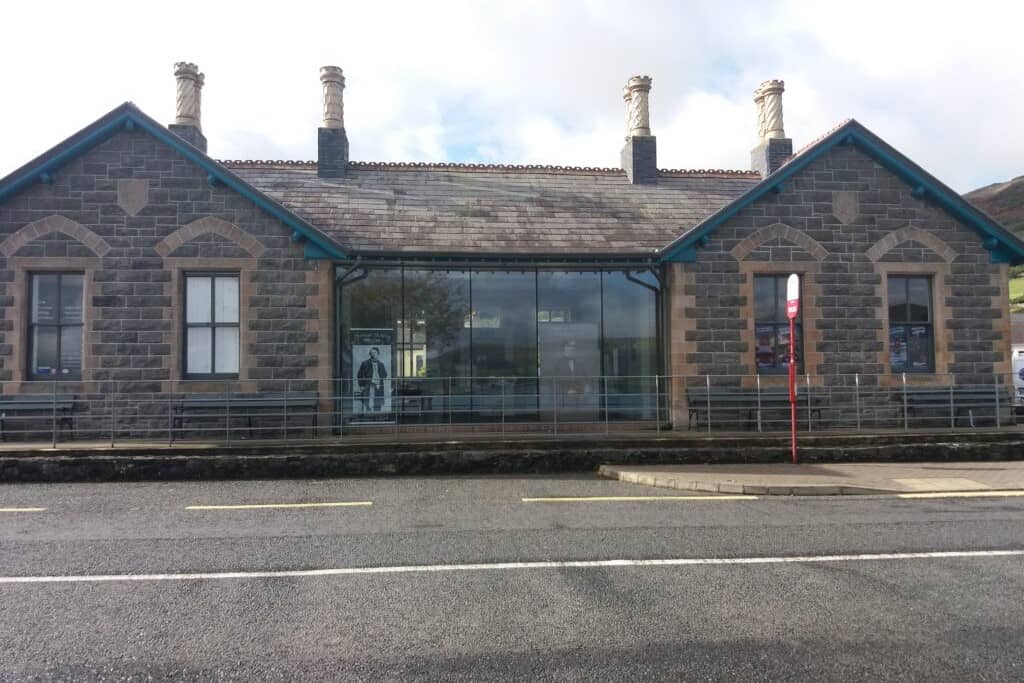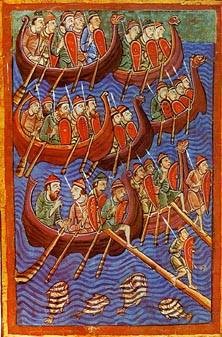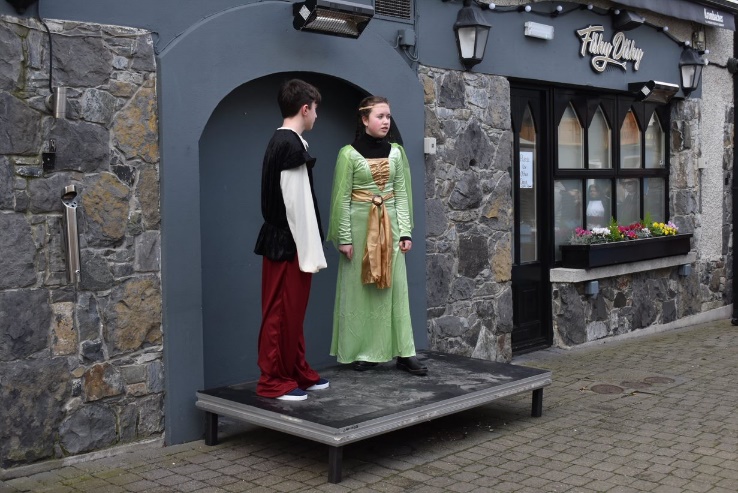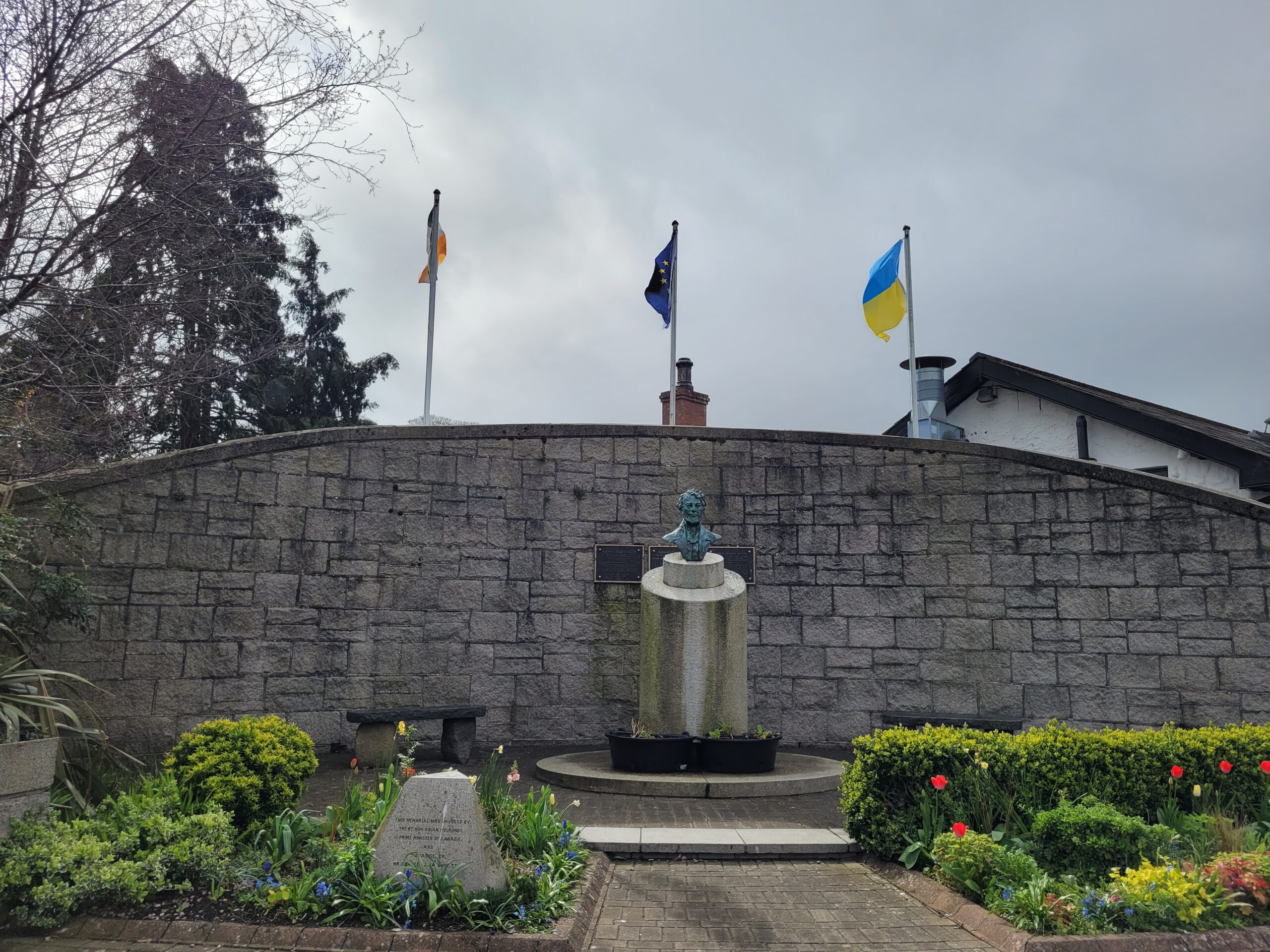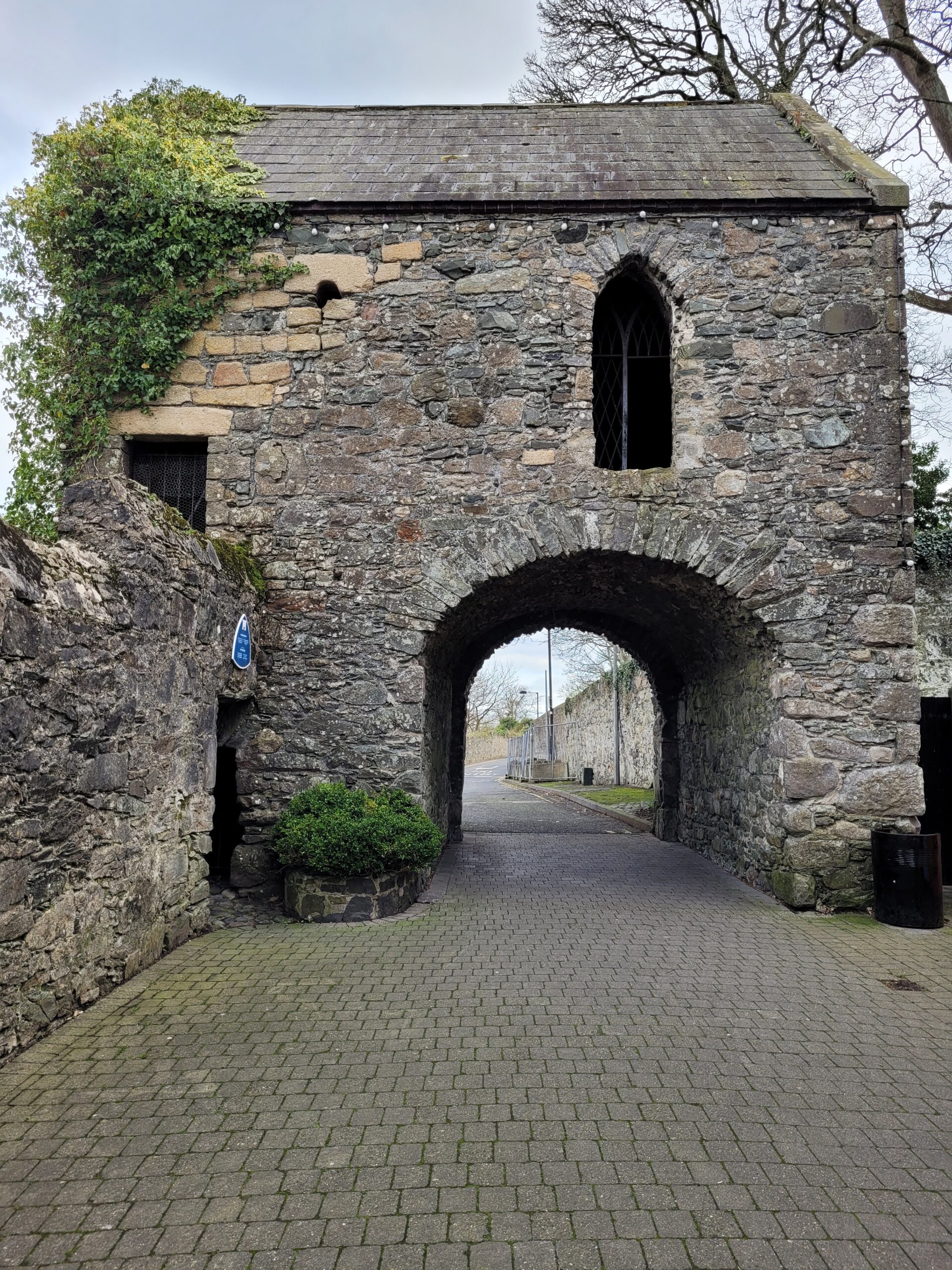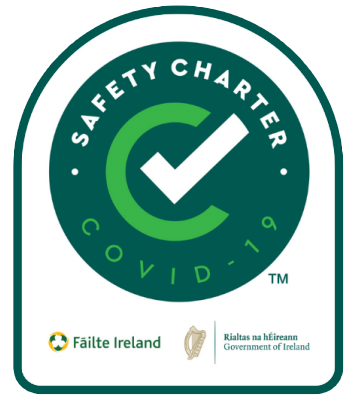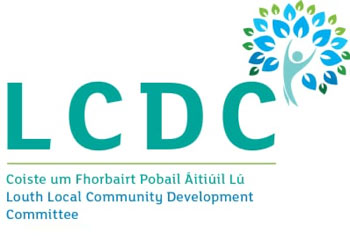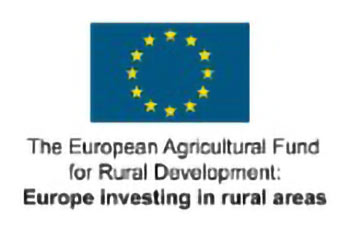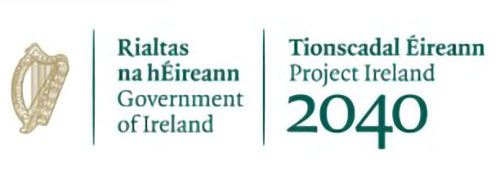Carlingford Community Forum News
As previously mentioned in the Newsletter, a Tourism Masterplan for Carlingford is being created by Fáilte Ireland. The research work carried out will be presented and discussed at a
meeting on December 1st 2020. In accordance with Covid 19 protocols, this meeting will take place online.
Carlingford and Cooley became the focus of international attention with the election of Joe Biden as President of the United States. Mr. Biden paid a very memorable visit to the
Peninsula in 2016 in his capacity as Vice President. It was heartening that he made further contact with the area in a more informal way at a later stage. Further opportunities to engage with the Draft County Development Plan 2021 to 2027 have been published by Louth County Council. These will be in the form of Virtual Planning Clinics. For all information regarding engagement, please use the following link:
http://www.louthcoco.ie/en/publications/development-plans/draft-louth-county-developmentplan-2021-2027/public-display-how-to-make-a-submission.html.
Photo courtesy of the Carlingford Lough and the Cooley Peninsula Facebook Page
The nation was captivated in the run-up to this year’s US presidential election and none more so than the residents of Cooley and Mayo. Joe Biden’s grandparents hail from the regions
and Mr. Biden has visited Cooley and Carlingford on previous occasions. In the run-up to the election discussions took place between the Chair of Carlingford Cooley Tourism Association (CCTA), Frank O’Brien, Cllr Emma Coffey and Paul Allen (Paul Allen & Associates PR in Dublin). The initial discussions centred around three topics i.e. getting the Irish vote out for Joe Biden, publicising the fact that his grandparents hail from Cooley and Mayo and promoting the tourism attractions of the Carlingford and Cooley areas.
“IRISH FOR BIDEN” was launched at Fitzpatrick’s Bar and Restaurant on Friday 2nd October 2020. Huge positive feedback resulted from the PR, not only from Irish media but also the American media. CCTA email account also received enquiries from the Irish diaspora living in the United States. When it became apparent that Joe Biden had won the election to be inaugurated as the 46th President of the United States, Frank O’Brien on behalf of the CCTA, Cllr Emma Coffey and Paul Allen discussed ways of acknowledging Mr Biden’s victory. In taking the matter forward
Frank O’Brien suggested the celebration be held in Carlingford on Sunday 8th November 2020.
Media, press and An Garda Síochána were informed of the event and in observance of Covid19 regulations the number of people in attendance was kept in line with Government guidelines. The event was broadcast on both RTE radio, RTE News, BBC, SKY, and CNN. Great PR resulted for Carlingford.
A big thank you to everyone involved and in particular, Carlingford Pipe Band. The photograph below shows some of the celebration.
Frank O’Brien, Chairman,
Carlingford & Cooley Tourism Association.
Christmas Shopping Weekend in Carlingford
Tourism Officer Richard Brennan is organising a Shopping Weekend from Friday 4th December to Tuesday 8th December. We hope everyone supports the local Traders.
Carlingford Knights
In these strange times, we have been very lucky in level 5 that we have still been able to train, It has been great to see that we have had so many kids out from under 7s to under 12s on a Saturday morning. We have even moved training down to the village green for some of the younger groups for two Saturdays this month just to give the pitch at the Foy centre a bit of a rest! Under 14s have still be training and we are regularly getting numbers of 25-29 boys training at every session. We even took them out to Templetown beach one Sunday and with the wind and rain it was definitely a team building experience!
We have also started training youth girls from 12-15 this month and we are lucky that some of our girls from Carlingford Knights tag rugby team have got involved to help out. We encourage any new girls to get involved and training is at 11.00 Saturday mornings.
Planting
We are very excited, we just received 1000 colourful Tulip bulbs. We have been preparing weeding and adding compost and bonemeal to the stone bed at the tennis courts. We also plan to add more pollinator friendly flowers to flower from March-September to add more colour to this area. The existing hedge took up all the space and water in the bed, making previous attempts to grow flowers here unsuccessful. It has been relocated to multiple gardens in Carlingford. We are quite confident this area will look wonderful by Spring/Summer 2021 which is something to look forward to.
Some of the Tulips will also be used to brighten up other beds around Carlingford Castle steps, Tholsel Gate and the flower bed on the Village Green. Anyone who has been bee friendly planting at home which they can easily split we would be very happy to accept these. We also need volunteers to grow seeds in February and March.
If you have a greenhouse and would like to help, please get in touch with our Facebook page or phone 0429373686.
Funding
We recently heard that our application under Clár for dual purpose recycling bins and picnic tables and benches was unsuccessful. The scheme was oversubscribed. The quotes have been put on file by the Council in case another suitable funding scheme comes up in the near future.
The application by Carlingford Playground Committee for new playground equipment under Peace IV was also unsuccessful.
Fáilte Ireland
At the start of December, we will like other groups be speaking with Fáilte Ireland about the Carlingford Tourism Mini Masterplan. We will continue to highlight the results of the Community Survey in June which identified the things most in need of improvement in Carlingford as
1. The Children’s playground
2. The Public Toilets
3. The Tennis Courts.
Bins
The Council has just this week installed new bins to replace the rusty bins on Dundalk and Newry Street. We are very happy to see this and highlighted the poor condition of existing bins last year.
Tús
We are very happy to have been allocated an additional Tús worker this month. It will be a great help in getting the town cleaned and flower beds brightened.
Dundalk Radio
We did a Zoom recording for Dundalk FM at the end of November. We will post the link on our Facebook page when it is broadcast.
Winter Talks
We will have a series of interesting heritage talks online and or in the Centre (restrictions permitting) during December and January. Trust Member, Séamus Murphy, an active researcher of the
landscape and history of the Cooley peninsula and Gullion has been busy preparing and delivering talks to local groups and schools online in recent times.
An able speaker on Zoom, he has an interesting tale to tell about Meredith Chambre, an infamous landlord in South Armagh. Séamus recently took part in the TV programme “Who do you think you are” when actress, Liz Carr of “Silent Witness” fame came to discover her roots which included her great grandfather, Meredith Chambre.
https://wbproductions.box.com/s/1dwcddia1x8ch6dh80obgv07p84pbuwd
Talk will take place on Monday 14th December @ 8pm.
Please email us @ info@carlingfordheritagecentre.com for the link.
In a speech from the throne in February 1852, Queen Victoria proclaimed: ‘It is with much regret I that I have to inform you that certain counties, Armagh, Monaghan and Louth have been marked by the commission of outrages of the most serious kind. The powers of the law have been exerted for the repression of crime and violence’. She was referring to the shooting a month earlier of Meredith Chambre, magistrate and landlord, close to his home in Dromintee, South Armagh, which is now the Slieve Gullion Courtyard. The shooting was attributed to the Ribbonmen who were active in South Armagh, Monaghan and north Louth and particularly in Cooley. Chambre survived with the loss of an eye, but one local man – Frank Berry – was hanged and more than 80 local families were evicted. Even under martial law it took evidence to hang a man, but not to throw his family on the side of the road for being related to arrested suspects or for attending the hanged man’s funeral.
The hanged man didn’t fire a shot, but we know who did, who organised it, who brought in the blunderbusses and how Chambre escaped with his life because one of the guns didn’t fire, and why it didn’t. And why despite the threat of eviction, Berry got a much better turnout for his funeral than did Meredith Chambre when he died in 1879.
Séamus will also tell us ‘What to See’ on the mountains in later talks when he will explore the remains of settlement in later talks in January.
Tholsel Research Study
Paraic Mc Kevitt, well-known local Conservation Architect, recently completed an extensive study of the Tholsel Building on behalf of the Trust which was funded by the Heritage Council of Ireland. He will deliver a presentation on his research at a talk in late January. Dates for all talks will be posted shortly on our website and Facebook page. If you or people you know would like to share a talk on a subject relating to heritage, we would love to hear from you. Contact Linda Stevens on info@carlingfordheritagecentre.com or Tel 0868241514
A Glimpse behind the Shopfront- Photographic exhibition of Carlingford
Sheila Boyle and members of the Trust Committee are busy working on the shops and businesses exhibition which we hope to open just after Christmas around the 28th December (restrictions permitting) for people to enjoy over the holiday period. Featuring over 150 photos, the exhibition opens a window on Carlingford’s business and retail life in the early to mid-20th century when shops and small businesses were the life blood of the town. People in those days shopped locally. The shops were often more than shops offering services, such as funeral undertaking and sheep trading. They were the meeting places where bargains were struck, deals made and news and gossip exchanged. See our website and Facebook for details in December.
Office space/remote co-working hub available soon – Interested??
Interested in remote working in an attractive period building in Carlingford with panoramic views of the lough and the mountains? Tired of long commuting or working from your kitchen table/box room? Looking for dedicated office/desk space with the opportunity to safely interact with others? Remote hub working is now a common way of having an office option near your home and in a space which offers social interaction with others. We would like to create a communal remote working hub in the Station House on the seafront where we have a very attractive bright space of 40sqm which would be ideal for 5/6 individuals to work from on a regular basis for several days per week.
It would suit:
* Commuters who want an office base to reduce commuting
* People who want an office outside the home
* Freelancers /small businesses looking for office space
We plan to offer:
* High-speed Broadband
* A dedicated desk space socially distanced
* A business address
* A communal space for coffee/chat
* Printing facility
Plus, The Heritage Centre as a venue for large meetings/training/ workshop and exhibition events.
Interested? Or do you know others who may be? For further information and to discuss options, call Linda Stevens Community Heritage Manager
Tel 086 8242514 email info@carlingfordheritagecentre.com.
Tales from local Heritage
The Vikings had one or more settlements on Carlingford Lough, but we don’t really know if it was at Carlingford – some of the annals indicate Narrowwater. And we don’t know if it was
named after a Viking called Carlin, although the name does sound vaguely Scandinavian. We certainly don’t know what they looked like, although one thing we do know with a high
degree of certainty – they didn’t have helmets with horns on them. There are no horns in the image above, from an English illuminated manuscript. There are thousands of accounts in
the Irish annals – a simple list of them here runs to 25 pages – without a mention of horns. The whole horns business can in fact be traced to the staging of Richard Wagner operas in the 19th century.
The term Viking comes from Scandinavian words for ‘bay’ – ‘vig’ in Danish or Norwegian, ‘vik’ in Swedish. It was a sort of nickname for the people who lived along the shore who were mostly
fishermen and fisherwomen (gender equality goes a long way back, there were women on raiding parties). Some historians believe they went raiding because they had over-fished the herring
stocks in the North Sea. They first appeared in Ireland in 795, raiding a monastery on Lambay Island. For at least half a century they were purely seasonal raiders and did not establish settlements for over-wintering.
In the early 800s they raided the monastery at Killeavy (Old Church), a place they returned to at regular intervals for more than a century. The monks got sick of it, so in the spring they would put a lookout on a hill overlooking Carlingford Lough. If he saw sails below he would run a warning flag up a great flagpole on the hill. From the Flagstaff you can see the whole lough. Then look west towards Slieve Gullion and on a clear day you can see the white statue at St Monnina’s well, above the monastery site – so the monks could easily see the flag.
The Vikings were the most expert seamen (and women) of their age and many words to do with boats have come into English and Irish. Their longboats had a rounded stern so the tiller was fixed on the side of the boat, the right-hand side. It was a long, slender piece of wood used to steer the boat which they called the ‘styrbord’ (steering board, pronounced ‘stoorbord’), which gave us starboard. The man in charge of the skib (ship) was called the ‘skibber’ but we say skipper.
The Vikings had pigs in their boats for food: somewhere in the annals, a monk wrote that even worse than the killing and ransacking was the smell of pigs that they left behind them. But generally, historians believe that their personal hygiene was a step or two above what prevailed in England and Ireland at the time.
They left their trade in the landscape too in the form of place names. In England, the ending of Norwich is just a variation on ‘vig’ or ‘vik’; everyplace ending in-by (Ingoldsby) was a Viking village or ‘by’ (pronounced roughly boo), and some had ‘bylov’ or bye-laws. Howth was originally ‘hoved’ which is the modern Danish word for head. Closer to home we have Greenore and I am prepared to bet the farm it comes from ‘grønør’ (pronounced groonoor), a green shingle or sandbank. Throughout Scandinavia there are coastal place-names ending in ‘-ør’ (such as Elsinore or Helsingør in Denmark where Hamlet’s Castle stands) all involving shingle or sandbanks.
Wagner wrote a tragic opera about the love story of Tristan and Isolde (sometimes spelt Iseult). There is a theory that Iseult (if she existed) was the daughter of a Viking chieftain who lived in Omeath, but that, as they say, is another story.
Submitted by Séamus Murphy, Trustee

